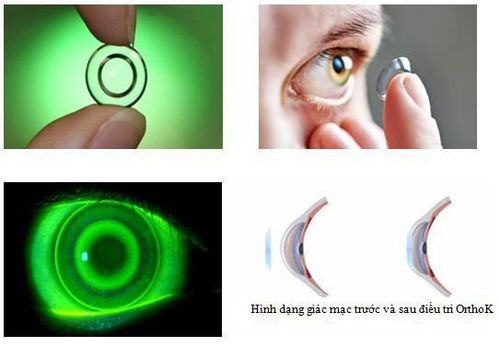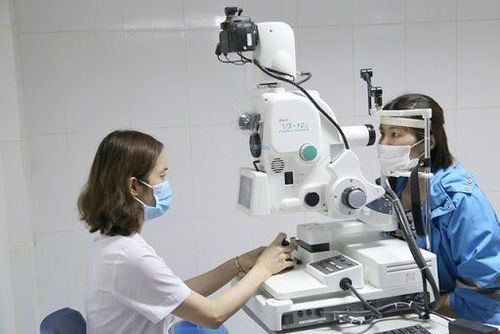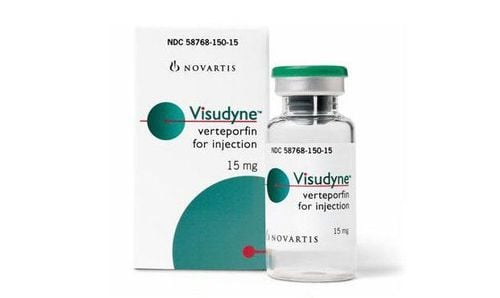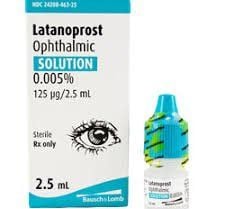This is an automatically translated article.
The article was professionally consulted by Specialist Doctor I Nguyen Thi Bich Nhi - Ophthalmologist - General Surgery Department - Vinmec Nha Trang International General Hospital.Retinal degeneration causes severe vision loss, which can lead to complete vision loss. New method of treating retinal degeneration opens up hope for millions of retinal degeneration patients worldwide.
1. What is retinal degeneration?
The retina is a thin layer of nerve tissue that lies close to the eyeball. The retina has a very important role in helping us perceive light and transmit nerve signals to the brain for analysis, thereby helping us to perceive images of things. To visualize the role of the retina, we relate the working mechanism of the camera. To capture an image, light reflected from an object is refracted through the camera's lens system and focused onto the film. At film, light signals cause chemical reactions and after image processing, we get images.Similarly, light reflected from the object, after being refracted through the "lens system" of the eye, the cornea and lens will be focused on the cornea. Thus, the cornea of the eye acts like the film in the camera. At the cornea, light signals will be converted by light-sensitive cells on the retina into nerve signals, which are then transmitted to the brain through the optic nerve to form images in the brain. set.
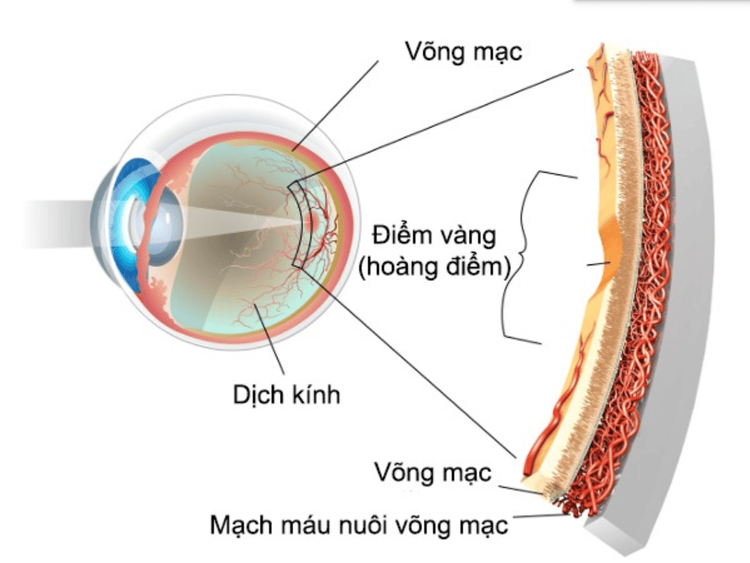
Vị trí của võng mạc, điểm vàng trong mắt
1.1. Macular degeneration The macula is located in the center of the retina, where many nerve cells are concentrated, playing an important role in image acquisition, helping the brain perceive color and sharpness of images. . Macular degeneration causes the eyes to lose the ability to see detailed images in the center, the center of the image is blurred, distorted, distorted. The patient will have difficulty doing tasks that require detailed vision such as reading, driving. Another important symptom is that when looking directly at a straight line such as a window frame, the patient will see the line is distorted, wavy, ...
There are two types of macular degeneration: dry macular degeneration and wet macular degeneration. Although wet macular degeneration accounts for a low rate, only about 10%, it is a severe disease, causing serious vision loss.
Macular degeneration is common in the elderly, people with diabetes, people with cardiovascular disease, high blood cholesterol levels, smokers, people who often use technology devices such as phones , tablet,...
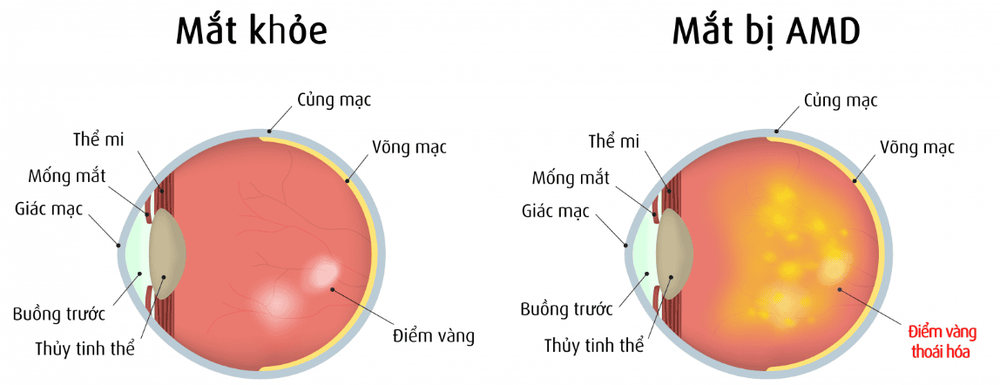
Thoái hóa điểm vàng là một trong những bệnh thoái hóa võng mạc
The common symptoms of peripheral retinal degeneration due to myopic retinal degeneration are:
Fly sign: Patients see black dots flying in front of their eyes, feeling like flies, mosquitoes or long streaks like hair, bamboo roots. When glanced at, these black dots also move. Flashing Signs: The patient sees flashes of light like lightning or flashes of light like fireflies. Visible even with eyes closed or in the dark. Loss of vision: The dark circles spread from the distal to the central area causing loss of vision of the patient.
2. New method to treat retinal degeneration
Retinal degenerative diseases such as macular degeneration, peripheral retinal degeneration, ... are increasing and showing signs of getting younger. Current treatments for retinal degeneration are mainly aimed at slowing or stopping the development of the disease without curing the disease completely.A new method of treating retinal degeneration has been studied recently, which has opened up hope for millions of retinal degeneration patients worldwide, which is stem cell treatment for retinal degeneration. . Stem cells will replace lost cells in the eye, release growth factors that help repair nerve cell damage, protect endogenous retinal neurons from death, and at the same time feel the proliferation of new connected cells.
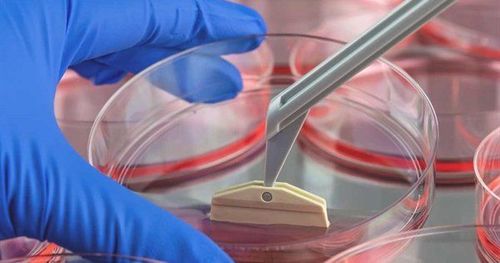
Tế bào gốc được sử dụng trong điều trị thoái hóa võng mạc
Medical trials of new methods of treating retinal degeneration with stem cells have been carried out in many countries around the world. In 2018, for the first time in the world, doctors in the UK used stem cells to successfully treat two patients with macular degeneration. During the surgery, which lasted about two hours, the doctor inserted a patch containing stem cells into the patient's retina, which contains a variety of cells in the retinal epithelium and is coated with a synthetic compound. Helps stick in place. Before surgery, both patients had a hard time seeing things clearly even when they were close. After surgery, the patient's eyesight has improved a lot, the patient can read books and do housework.
However, this method needs more large trials and regulatory approval, but the initial successful results offer hope that stem cell therapy for patients with remission will be successful. Retinalization may become a reality in the near future.
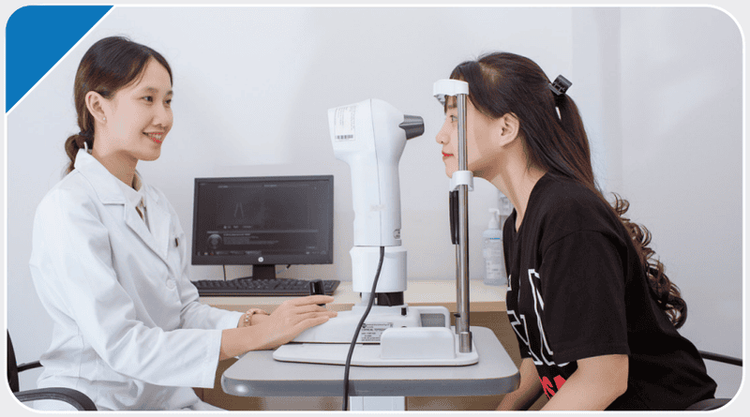
Khám mắt định kỳ giúp đảm bảo thị lực của bạn luôn được khỏe mạnh
To register for examination and treatment at Vinmec International General Hospital, you can contact Vinmec Health System nationwide, or register online HERE.
SEE MORE
Hypertensive retinopathy How dangerous is diabetic retinopathy? Beware of hypertensive retinopathy





